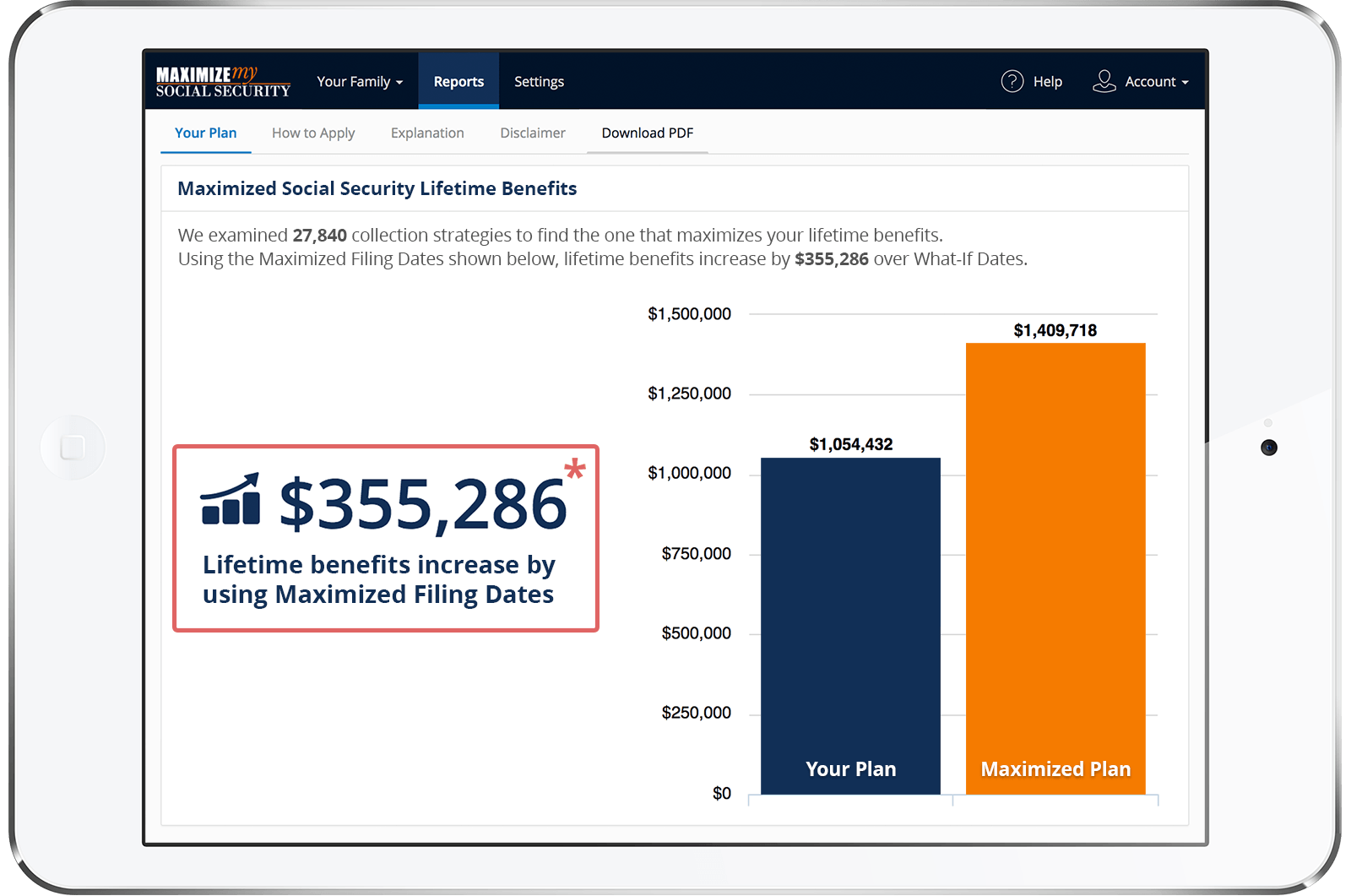Good Morning Larry.
Per one of your other answers and my current understanding from using the SS ANYPIA calculator, the PIA benefit does not change within a calendar year. But if a person is collecting SS and not retired and the current year earnings are high enough to displace one of the previous 35 highest wage years, then the next calendar year the PIA will be recalculated.
In a nutshell, using 2022 as an example
If retired in Dec of 2022 with 13 months of benefit delay, the PIA (not the benefit amount) will be based on the 35 highest wage years earned through 2021.To sum it up, if retired in Dec 0f 2022 with 13 months of delay past full SS Retirement age and 2022 is a high wage year:
The initial PIA is calculated using wages through 2021
The initial benefit is the PIA calculated in January of 2022 with 2 months delay (Nov & Dec of 2021).January of 2023 the PIA is recalculated using the 2022 wage income.
The benefit amount is calculated using the new PIA, the 2021 COLA and the other 11 month of delay with the delay resulting in an additional increase of 7.33% (8% per year / 12Months *11 Months delay).What is less clear, assuming my understanding is correct and the PIA never changes if the wage base never changes, is what happens with COLA.
It is my belief that the COLA increases are only applied against the PIA value, not the current benefit value.For the purpose of simple math assume
The PIA is $1000
The actual benefit is $1200 (includes $200 of increase from delaying SS benefits)
SS announces a 10% COLA, the received COLA will be $100 (not $120) because it is based on the PIA.The other potential sticky point of understanding, since 2022 was a high wage year which caused the PIA to be recalculated as of January 2023, then I assume that ONLY future COLA's are applied against the new PIA. Or am I wrong and since there was a delay of 13 months then the PIA is recalculated to include the previous years COLA?
How much fun is this :))!
Warmest Regards,
Gene
Hi Gene. You're correct that Social Security cost of living (COLA) increases are applied to a person's primary insurance amount (PIA), but you're mistaken to conclude that doing so would cause a person with delayed retirement credits (DRC) to receive a lower net COLA increase.
In you example using a person with a PIA of $1000 and DRCs of $200, here's how a COLA increase of 10% would be applied. First, the person's PIA would be increased by $100 to $1100. Then DRCs would be applied to the new PIA. In your example, the DRCs amount to 20% (i.e. $1000 x 1.2 = $1200). Therefore, after the COLA is applied the 20% DRC increase would be applied to the new PIA of $1100, raising the person's benefit rate to $1320 (i.e. $1100 x 1.2).
Thus, as the above example illustrates, COLA increases are effectively applied to a person's actual gross monthly benefit rate, not just their PIA (https://www.ssa.gov/oact/cola/colaapplic.html).
The same principle applies with regard to your last question. Let's say the person in your example from above is eligible for a recomputation to include higher 2022 earnings, and an additional 11 months of DRCs earned in 2022. Both of those increases would take effect with the person's benefit rate for January 2023, which is the benefit paid in February 2023. We'll say the person's 2022 earnings raises their PIA from $1100 to $1120. Note that the 10% COLA has already been applied to the person's PIA effective with the benefit paid in January 2023 for December 2022. The 11 additional months of DRCs would raise the total percentage increase resulting from DRCs from 20% to 27.33%, and that higher percentage would then be added to the person's new PIA of $1120 to give them a gross monthly benefit rate of roughly $1426 (i.e. $1120 x 1.2733).
Best, Jerry
